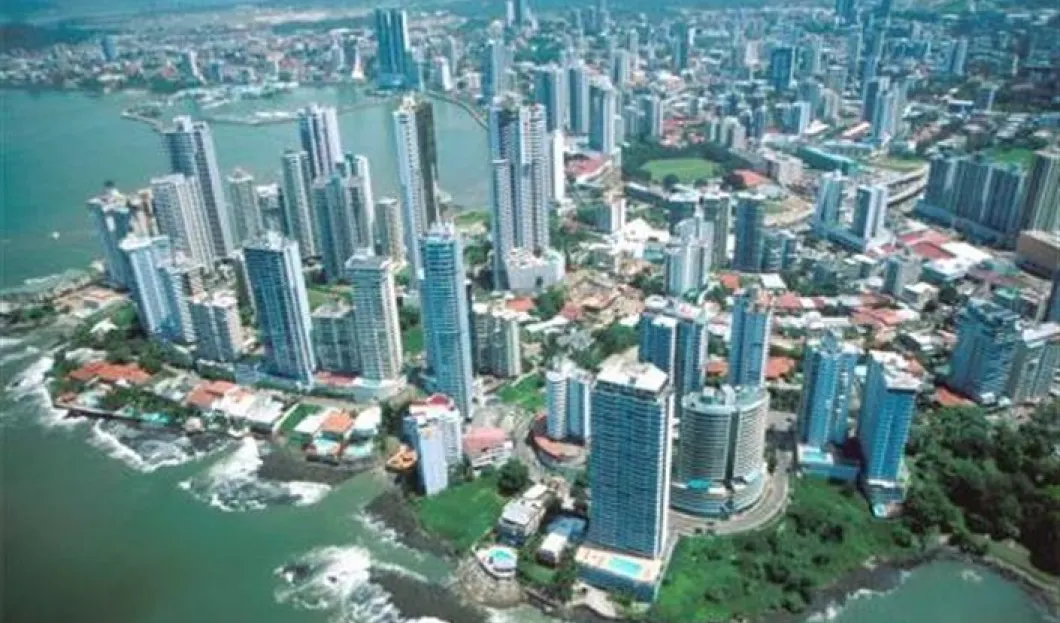
The biennial Travel and Tourism Competitiveness Report which ranks 140 countries according to their attractiveness and ability to develop their travel and tourism industries has been released by the World Economic Forum.
Among 140 countries covered by the report the most marked improvement goes to Panama. The country moved up to the 37th position from the 56th position, and due to its rich endowment of natural resources, Panama has a natural competitive advantage.
From protected areas to World Heritage sites, it is a mecca of environmental and natural resource health. Yet the remarkable improvement is attributed to the vast progress in Panama's infrastructure. All areas of transport, such as ground, train, and air, have moved forward. Hotel rooms are now available, and it has become a welcome haven for tourists. Infrastructure development and tourism policies have tripled the number of international tourists over the past decade, according to the representative from the Panama Tourism Authority.
In the region of the North and South Americas, most improved country is the Philippines. Ranked 16th regionally, and overall ranked at 82, this is a 12 place movement upward since the previous edition of the Tourism Competitiveness Report. Price competitiveness, natural resources, as well as making tourism industry a high priority have led to this upward trend.
The effectiveness of tourism marketing and branding campaigns appears to be working quite well for this country. Yet improvement still remains to be seen in areas such as business startups. The cost and time involved in this process is prohibitive for many. Underdeveloped ground transport and ICT infrastructure are barriers to this country moving up further in rankings and scores. In addition, concerns over safety and security, as well as poor health care and inadequate hygiene, factor in to this.
Up 11 positions since the previous report, Armenia is currently ranked at 79. Many of the areas measured by the index have shown huge improvements, mostly in the areas of human resources, safety concerns, security, and policy rules and regulations. As these are high priorities for the tourism industry, as well as tourists, focus on this area has paid off. Much of the red tape and business startup costs and time have been cut, allowing these areas to prosper.
Open visa requirements, along with an environment considered safe and secure, offers a welcome respite to international visitors. More investments in infrastructure have been demonstrated in the marked improvements in this area, and internet availability and usage has widened considerably. Yet air and ground transport still have a way to go and need further development.
Algeria was brought down 19 positions this year, due to ratings and scores on environmental sustainability, travel and tourism policy rules and regulations, and a low priority on travel and tourism in general. International international tourism receipts dropped significantly in 2012.
Bahrain also went down this year in the rankings. Although the country has excellent transport, in particular its ground transport infrastructure, quality human resources, and strong economic competitiveness, its tourism infrastructure is weakening. Standards for health and hygiene have fallen, and the citizens of Bahrain are negatively impacted by this turn. A rapid population growth contributes to this, and with limited natural resources, and low environmental sustainability, the ability to attract tourists suffers.
Once considered a well-established tourist destination, a surprise on the list is the Dominican Republic. Down 14 positions from two years ago, it is thought this is due to poor safety and security for citizens and tourists alike. Unreliable security and police services, and high taxes and airport costs contribute to its lower rankings.









